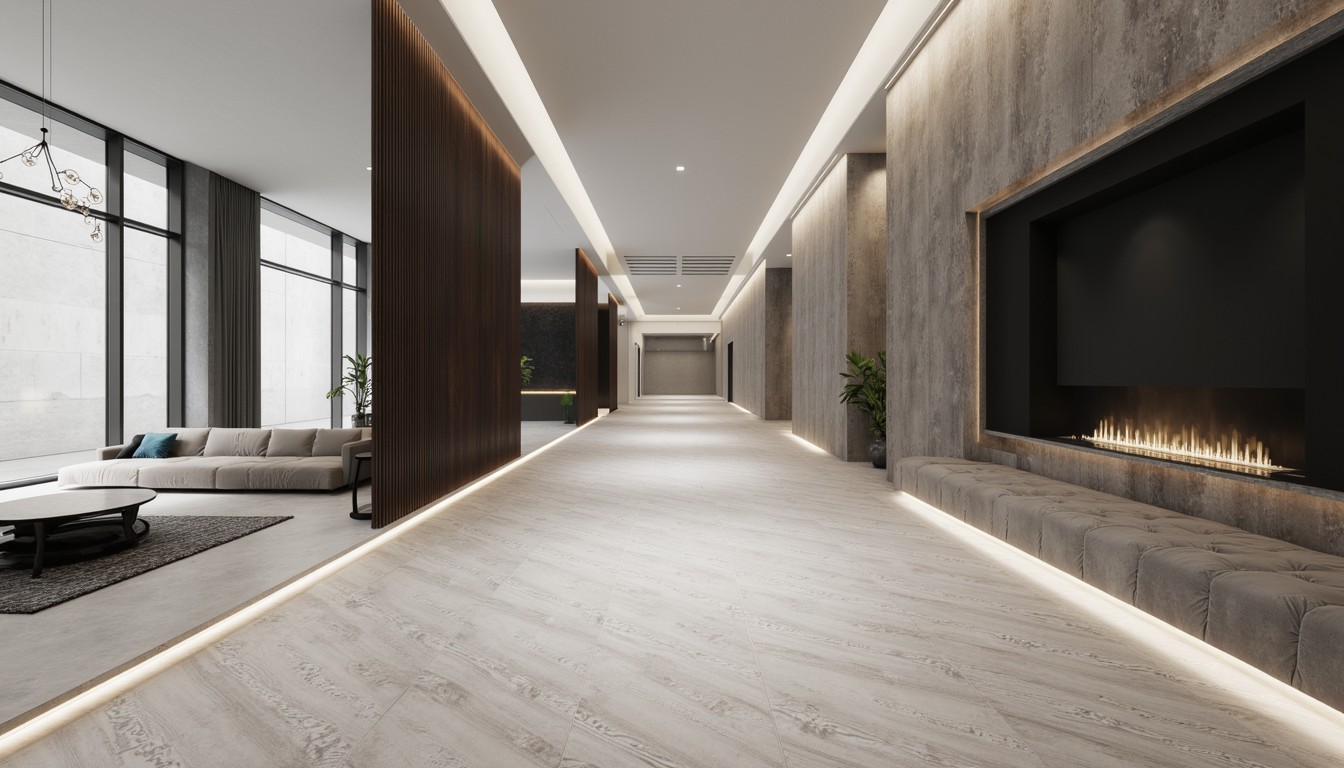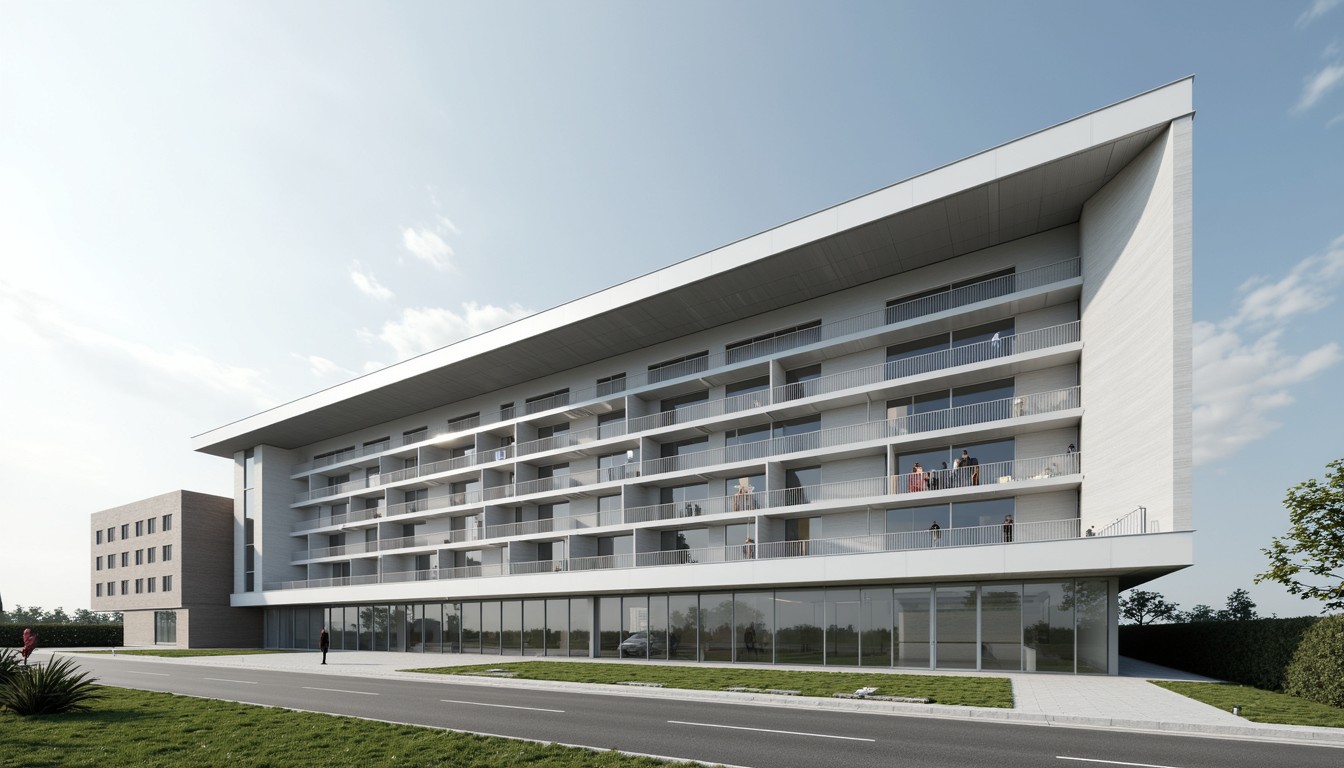BIM Integration: Seamless Construction Workflow
In today's dynamic construction landscape, efficiency and accuracy are paramount. Building Information Modeling (BIM) has emerged as a transformative technology, revolutionizing the way projects are designed, constructed, and managed. ArchNav, a leader in architectural visualization, understands the power of BIM and integrates it seamlessly into our workflow to deliver exceptional results for our clients. This article delves into the crucial role of BIM integration for achieving a truly seamless construction process.
Understanding the Power of BIM

BIM is more than just 3D modeling; it's a comprehensive digital representation of physical and functional characteristics of a place. This digital model contains detailed information about every aspect of a building, from structural elements and MEP systems to materials and spatial relationships. This rich data allows for improved coordination, clash detection, and ultimately, a more efficient and cost-effective construction process.
Key Benefits of BIM Integration in Construction
- Improved Collaboration: BIM facilitates seamless collaboration among architects, engineers, contractors, and other stakeholders. A central, shared model allows everyone to access the latest information, reducing misunderstandings and conflicts.
- Enhanced Coordination: BIM software enables early detection of clashes and interferences between different building systems. This proactive approach minimizes costly rework and delays later in the construction process.
- Reduced Errors and Rework: By visualizing the entire project in 3D, BIM helps identify potential problems early on, preventing costly errors and reducing the need for expensive rework.
- Optimized Scheduling and Cost Control: The detailed information provided by BIM allows for more accurate cost estimations and project scheduling. This leads to better budget control and on-time project completion.
- Enhanced Visualization and Communication: BIM enables the creation of realistic 3D visualizations that help stakeholders understand the design intent and communicate effectively. This enhances client engagement and reduces the risk of misinterpretations.
- Sustainable Design and Construction: BIM facilitates the integration of sustainable design principles, allowing for the optimization of energy efficiency, material selection, and waste reduction.
- Improved Facility Management: The detailed information contained in the BIM model can be utilized for facility management purposes, providing valuable data for maintenance, repairs, and upgrades throughout the building's lifecycle.
Real-World Applications of BIM Integration

The benefits of BIM integration are evident across various construction projects. Consider these examples:
- Complex Infrastructure Projects: BIM is crucial for managing the intricate details of large-scale projects like bridges, tunnels, and highways, ensuring smooth coordination between various disciplines.
- High-Rise Buildings: In high-rise construction, BIM helps manage the complexities of structural systems, MEP installations, and façade design, minimizing clashes and ensuring efficient construction.
- Renovation and Refurbishment Projects: BIM enables accurate modeling of existing structures, facilitating efficient planning and execution of renovation and refurbishment projects.
- Prefabrication and Modular Construction: BIM plays a pivotal role in prefabrication and modular construction by enabling precise fabrication of components and ensuring seamless integration on-site.
ArchNav's Expertise in BIM Integration
ArchNav utilizes state-of-the-art BIM software and techniques to provide unparalleled architectural visualization services. Our team of experienced professionals leverages BIM's capabilities to create stunning visuals that accurately represent the design intent and facilitate effective communication. We integrate BIM throughout the design and construction process, ensuring seamless workflow and optimal results.
Choosing the Right BIM Software and Workflow
The success of BIM integration hinges on selecting the right software and establishing a well-defined workflow. Factors to consider include project scale, team size, and budget. ArchNav can assist in selecting the appropriate BIM software and implementing a customized workflow to meet your specific needs.
Overcoming Challenges in BIM Implementation

While BIM offers numerous advantages, implementing it successfully requires addressing potential challenges. These include the need for skilled professionals, data management complexities, and the initial investment in software and training. ArchNav can help you navigate these challenges, ensuring a smooth transition to BIM-based workflows.
Conclusion
BIM integration is no longer a luxury but a necessity for modern construction projects. By embracing BIM, construction companies can achieve greater efficiency, accuracy, and cost savings. ArchNav's expertise in BIM visualization and integration ensures that your projects benefit from this transformative technology. Contact us today to learn how we can help you achieve seamless construction workflows and bring your vision to life.
